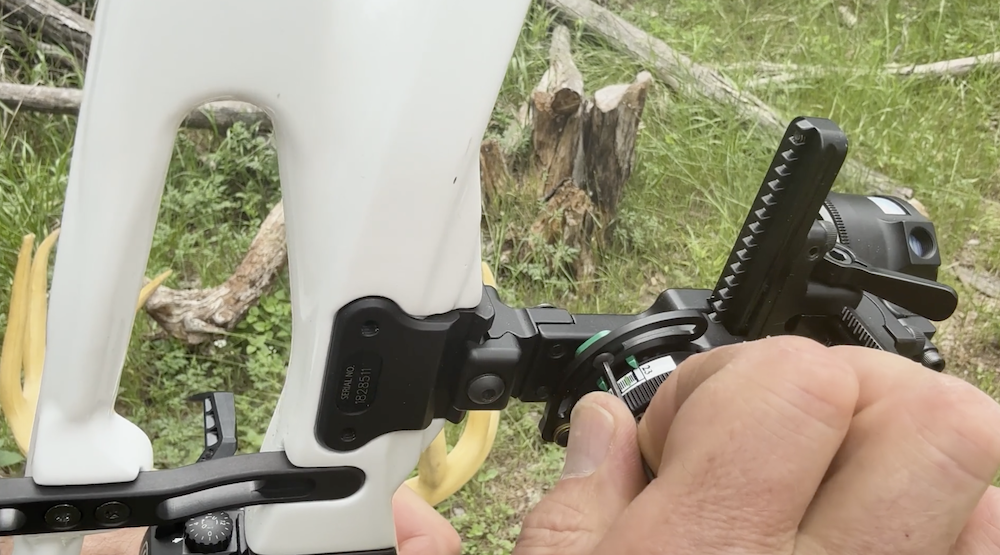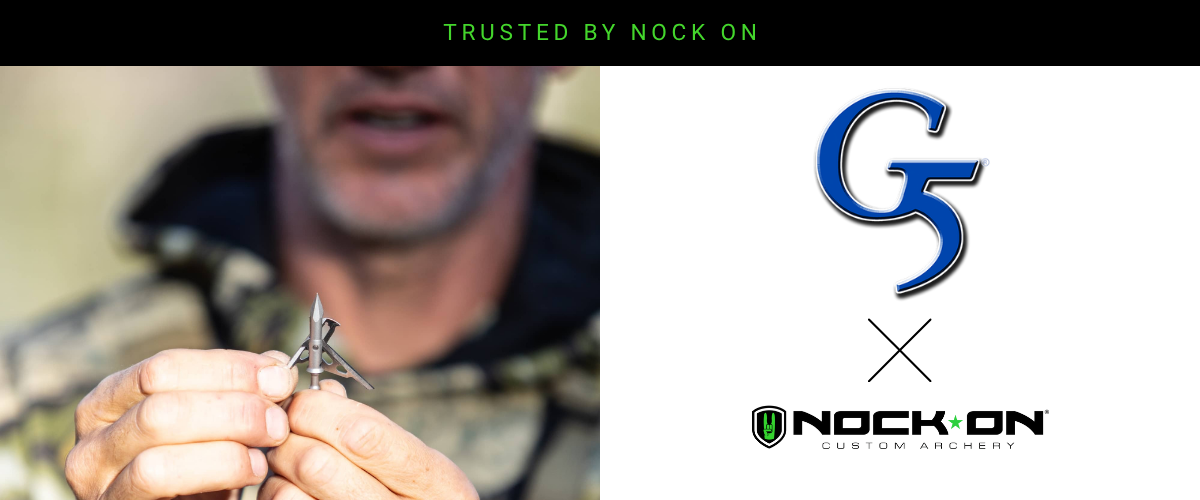Have you ever drawn back on a target and thought, ‘Am I high again?’
It happens to everyone. Even seasoned tournament archers find themselves scratching their heads when their perfect form suddenly produces impacts that drift high or low on the target.
When your arrows consistently miss their mark, it’s easy to spiral into self-doubt. You might tweak your form, second-guess your anchor point, or overthink your release. The real culprit, though, is much simpler.
I’ve been in this situation countless times, both in competition and while hunting. The frustration can overwhelm you, especially when you’re in the middle of a tournament with no obvious explanation for the sudden change in impact.
But there’s a methodical, field-proven solution that’ll get you back on target in minutes.
Why Your Bow’s Zero Can Drift (Even When Nothing Seems Wrong)
Before we dive into the fix, let’s understand what’s actually happening when your perfectly tuned bow shoots high or low.
It doesn’t take much to throw off your zero. Even a peep sight shifting two millimeters on your string can cause your arrows to impact several inches off at 20 yards. If your peep moves down, you’ll hit high. If it slides up, you’ll impact low.
Other common culprits include:
- Your bow’s serving slipping because of heat or humidity
- Someone accidentally bumping your sight
- Your sight tape shifting slightly
- Your peep rotating to a different orientation
These shifts often happen between practice and competition. You sight-in perfectly at home, but then arrive at a tournament where the practice range features uphill and downhill shots, making it nearly impossible to confirm if your zero is still accurate.
This is when most archers make a critical mistake: they change their form to compensate, creating bad habits that are hard to break later.
The Field Reset Method
Here’s my tactical approach to resetting your zero.
1. Find the Right Environment
Find a flat, level target at a known distance. Don’t try to diagnose problems on uphill or downhill shots. Those angles introduce variables that make it impossible to isolate your sight issue.
When I notice I’m consistently high or low, I’ll wait until I reach a flat target on the course, then tell my group, “Hey guys, let me get my stuff straight again.”
Any decent group of archers will give you the time you need. Most likely they’ve all been there themselves.
2. Create a Precise Aiming Point
On 3D targets or other targets without a clear aiming point, create one. I’ll often use something small like a piece of gum wrapper or a small sticker — anything that gives me a precise reference point.
This step is important because you need something specific to aim at for consistent feedback. Aiming at “the vitals” or a general area won’t give you the precision you need to make micro-adjustments so give yourself a definitive aiming spot.
3. Verify Your Distance
Use a rangefinder to confirm the exact distance to your target.
I use 20 yards. It’s close enough that I see my impacts clearly, but far enough that small adjustments are still visible.
4. Make a Quality Shot and Analyze
Execute a perfect shot while aiming directly at your reference point.
This isn’t the time to rush. Slow down and make it count. After the shot, analyze where your arrow hit in relation to your aiming point. Be sure your pin was on the target and your technique was in check.
5. Chase the Arrow
This is where the magic happens. Remember this golden rule of sight adjustment: chase the arrow:
- If your arrow hits high, move your sight up
- If your arrow hits low, move your sight down
- If your arrow hits left, move your sight left
- If your arrow hits right, move your sight right
Sounds counterintuitive? Think about the physics: When you move your sight up after hitting high, you’ll have to lower your bow arm to put the pin back on target, resulting in a lower impact point.
Make a small adjustment and shoot again. The last time I did this, I moved my sight up slightly, and my second arrow still hit a touch high, but closer. I made one more small adjustment, and my third arrow hit dead-center on my aiming point.
6. Reset Your Indicator Needle
Once you’ve dialed in your sight and confirmed your accuracy with a good shot, reset your indicator needle to match your known distance.
Loosen the screw holding your sight’s indicator needle, slide the needle to point exactly at your known distance mark, and tighten it back down.
This step makes the fix permanent across all distances. By re-indexing your indicator to a verified distance, all your other yardage marks will now be accurate, too.
7. Testing Your Reset
The final validation comes from testing your newly reset sight at a different distance.
If you have time and aren’t holding up the course, take a shot at a longer distance to confirm your sight tape is tracking correctly.
The Gang Is All Here
An important thing to remember when making this adjustment is you want to move the entire pin housing and not just an individual pin. Since every distance will be either high or low- we need to re-zero the impact but not the ballistics. Your pin gaps and sight scale should be the same, just OFF as a unit.
If you are using a movable sight like our Spot Hogg Sights you will simply roll the dial and re-adjust the sight pointer. If you are using a fixed pin housing, then move the entire housing and not the individual pins. This is because we are simply readjusting the “ZERO” but not wanting to change the ballistics or pin spacing!
Embrace the Process, Not the Frustration
When your arrows start hitting high or low, don’t immediately assume your form, release, or mental game are at fault. Equipment shifts happen to everyone, from beginners to pros. Servings can slip, peeps can slide, arrow rest can shift if bumped.
Instead, remember this field reset method. Find a flat shot, create a precise aiming point, make quality shots, chase your arrow with sight adjustments, and reset your indicator needle.
This tactical approach eliminates variables, builds confidence, and gets you back to accurate shooting in minutes. It’s valuable on the tournament circuit and even more so when you’re setting up for a hunt.
Everyone’s equipment shifts occasionally. The best archers aren’t the ones who never have problems. They’re the ones who solve them efficiently and get right back to breaking nocks.






 massmonopoly
massmonopoly